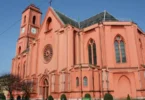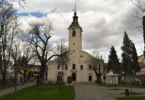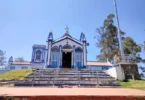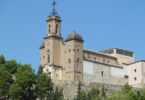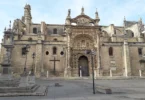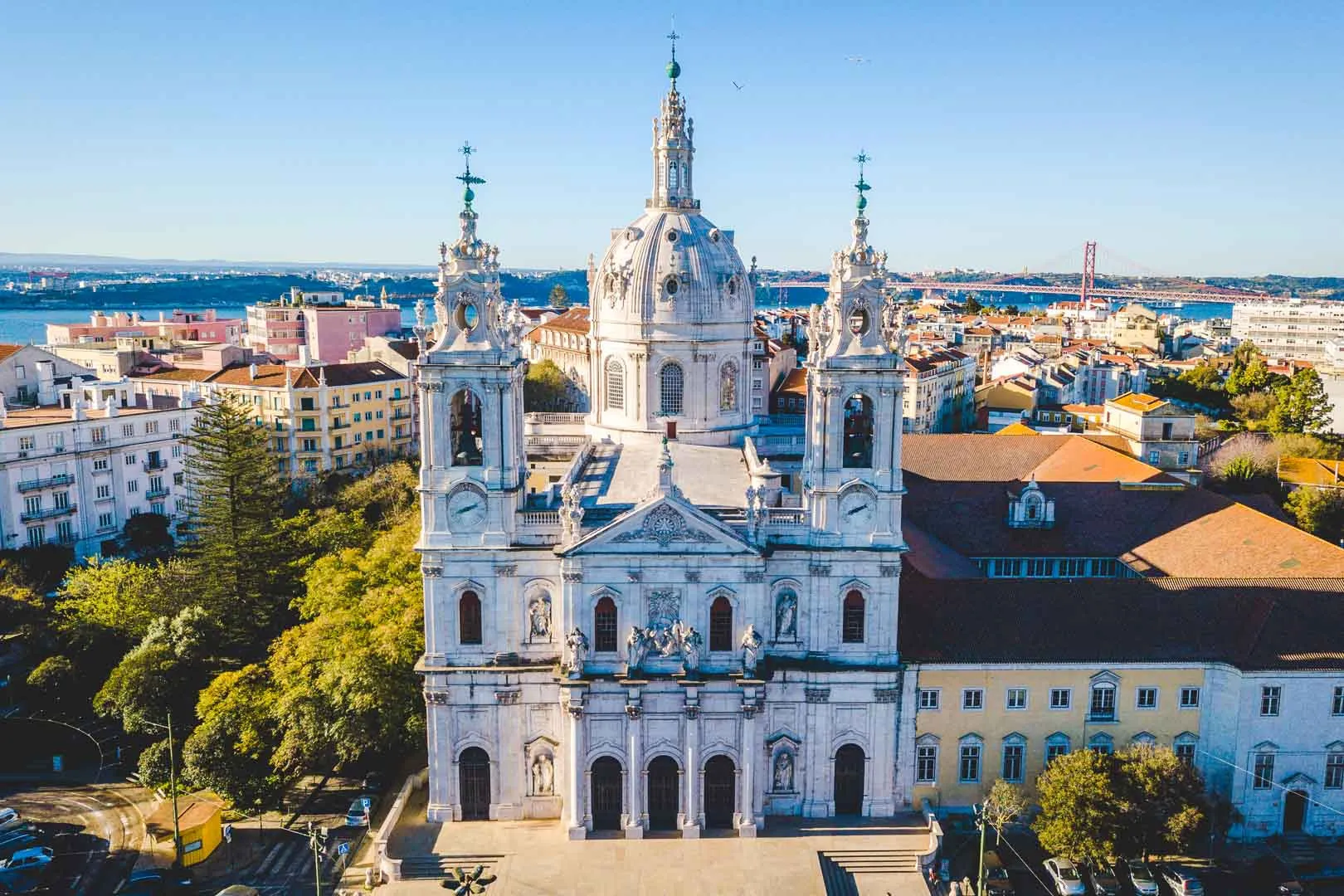
Introduction
The Estrela Basilica or the Royal Basilica and Convent of the Most Sacred Heart of Jesus is a minor basilica and ancient carmelite convent in Lisbon, Portugal. Ordered built by Queen Maria I of Portugal as the fulfilment of a vow, the Basilica is not only a product of the Queen’s particularly fervent devotion to the Sacred Heart of Jesus, but remains the most important architectural endeavour of her reign. The Estrela Basilica was the first church in the world dedicated to the Sacred Heart of Jesus
The Basilica da Estrela, or Royal Basilica and Convent of the Santíssimo Coração de Jesus, is a Catholic temple and former convent of Carmelite nuns. This vast church, topped by a dome, rises on top of a hill in the west of the city, being one of the landmarks of the Lapa area.
The Estrela Basilica was the first church in the world dedicated to the Catholic devotion of the Sacred Heart of Jesus in which the heart of Jesus is viewed as a symbol of God’s love for mankind.
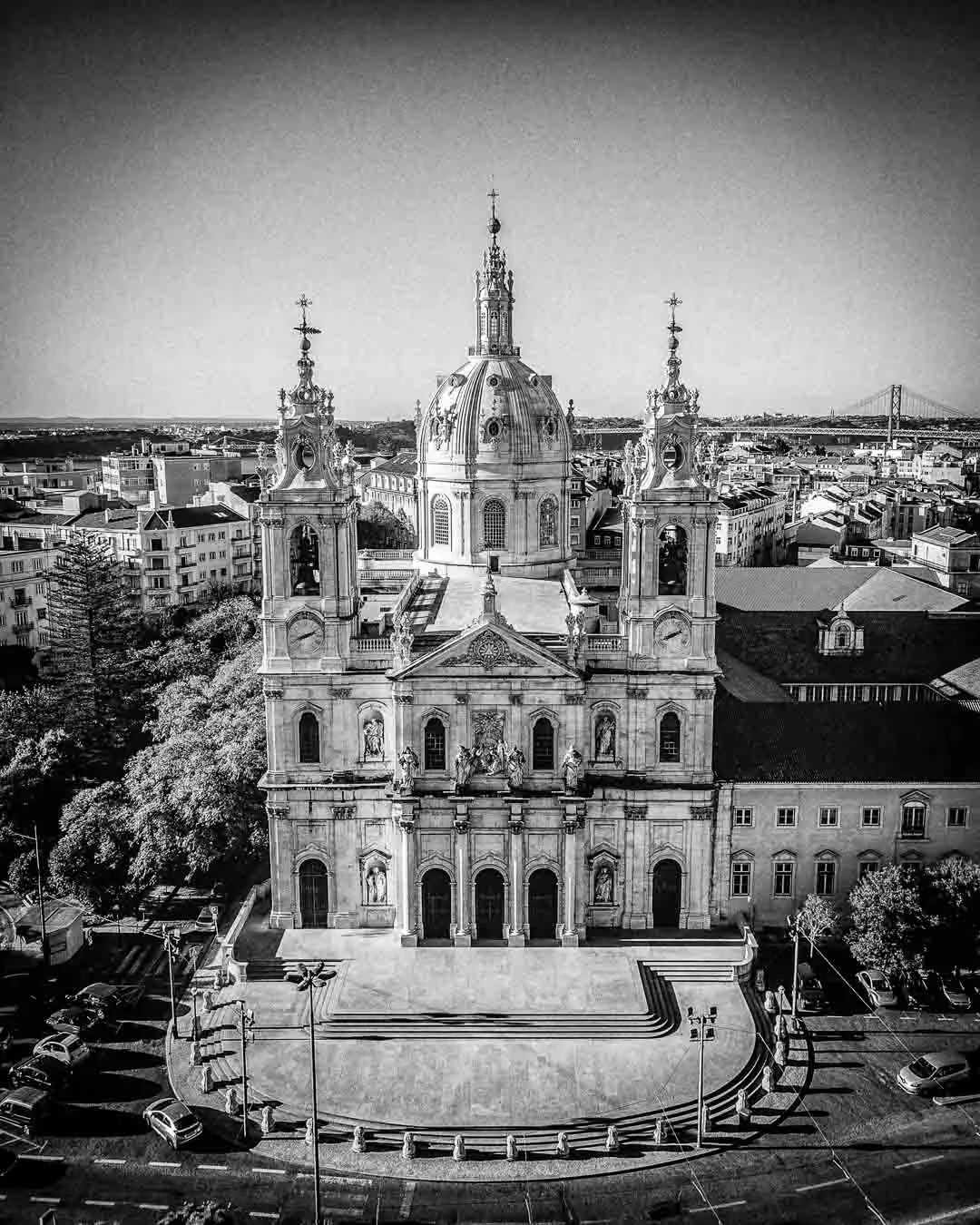
Shortly after her wedding to her uncle Infante Peter of Braganza in 1760, Maria, Princess of Brazil vowed, before an image of the Sacred Heart of Jesus in the Convent of Carnide, to build a church and convent under the Rule of Saint Theresa if she was given the grace of bearing children that would assure the succession of the House of Braganza.Princess Maria was, at the time, the eldest daughter and heiress presumptive of King Joseph I, whom she eventually succeeded after his death in 1777. She gave birth to her first child, Joseph, Prince of Beira, on 20 August 1761 (who died of smallpox in 1788, while construction of the Basilica was underway).
Only after acceding to the throne could Queen Maria afford to see to the fulfilment of her vow. Construction began in 1779; the groundbreaking ceremony took place on 24 October: the Queen’s husband, Peter III, laid the first cornerstone and Fr. António Pereira de Figueiredo delivered the speech.
Mateus Vicente de Oliveira, an important court architect, is made in charge of the works: it is under his direction that the construction of the conventual areas was carried out (from February 1778 to May 1781), as well as the beginning of the Basilica. Oliveira died in 1785, and was replaced with Reinaldo Manuel dos Santos, who saw to the conclusion of the works. Reinaldo Manuel made substantial alterations to the exterior design of the church (namely, a different design of the pediment, of the façade, of the bell towers, and of the dome to which he added a roof lantern)
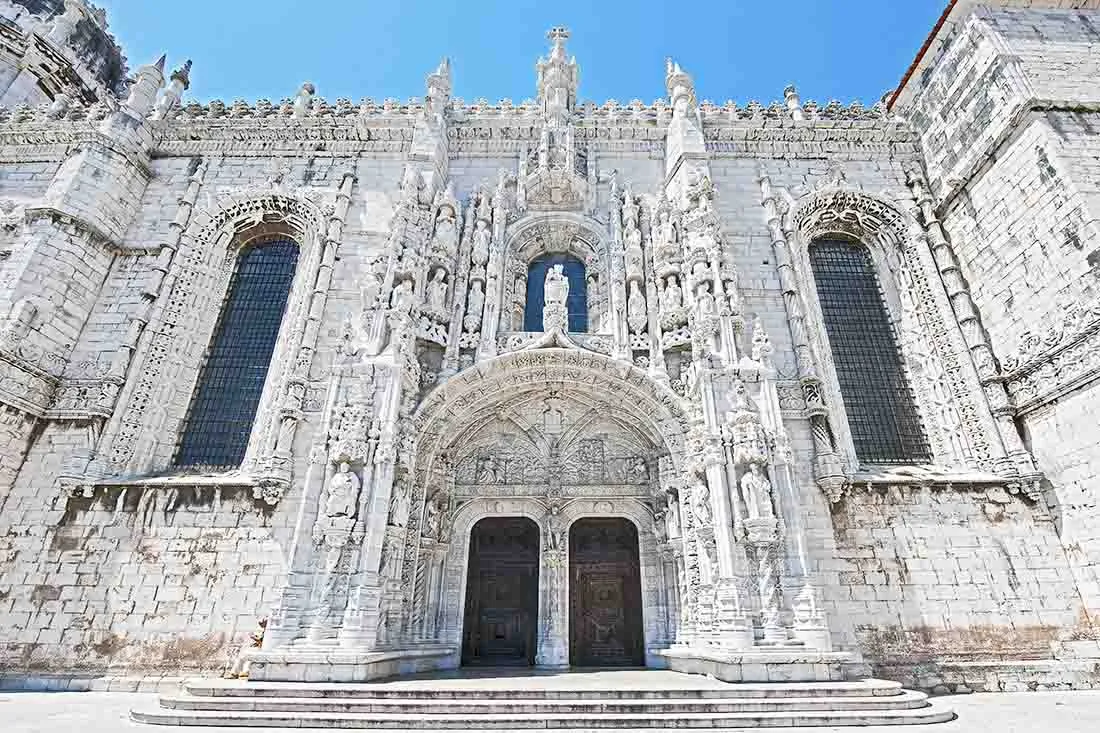
Construction of the basilica was commissioned by Queen regent Dona Maria I of Portugal, who had sworn to build a church if her wish for a male heir to the throne was fulfilled. The church was erected between 1779 and 1790 to a design by Mateus Vicente de Oliveira, an architect from the Mafra school. After his death in 1786 construction was completed under the lead of Baroque architect Reinaldo Manuel de Sousa. The Estrela Basilica was consecrated to the cult of the sacred heart of Jesus, hence it is also known as the Basilica of the Sacred Heart.
The huge church has a giant dome, and is located in a hill in what was at the time the western part of Lisbon and can be viewed from far away. The style is similar to the Mafra National Palace, in late baroque and neoclassical. The front has twin bell towers and includes statues of saints and some allegoric figures. A large quantity of grey, pink and yellow marble was used in the floor and walls, in intricate geometric patterns, one of the most beautiful in European churches. Several paintings by Pompeo Batoni also contribute to a balanced design. The tomb of the Queen Maria I is in the right transept. A famous nativity scene made by sculptor Joaquim Machado de Castro, with more than 500 figures in cork and terra cotta is a major attraction to visitors.
The wish of the Queen was fulfilled and the construction of the temple started in 1779. Unfortunately, however, the boy, baptised as D. José, died of smallpox, two years before the construction was finished, in 1790. D Maria decided to move forward still with her promise and completed the construction of the church.
Some of the sculptures were commissioned to Machado de Castro, one of the greatest sculptors in the country’s history, who also created the famous equestrian statue of the Portuguese King Josè I on Lisbon’s Praca do Comércio. Also worth seeing is the Basilica’s large nativity scene, also the work of de Castro. Queen Maria I, who fled to Brazil from Napoleon’s troops in 1807 with her entire court and a total of 15,000 people, was repatriated after her death in 1816 and found her final resting place in the Basilica da Estrela.
Interior
The church has a Latin cross floorplan with a central nave and barrel-vaulted ceiling decorated with colorful Portuguese marble. Highlights include the altarpiece, created in 1870 by the Italian painter Pompeo Batoni, and the richly decorated marble tomb of Dona Maria I (†1816), Queen of Portugal from 24 February 1777 until her death while in exile in Brazil. This is a 18th century church. A vast monument to Neoclassicism, the church is known for its huge dome and fine multi-colored marble interior in hues of pink, yellow and gray. The building has some resemblance to the Mafra Palace built by Dona Maria’s father .
The Interior of Estrela Basilica
Estrela Basilica is not only a beautiful sight from the outside. The interior of the church was also lavishly designed. The walls and floor of the spacious nave are covered with gray, pink and yellow marble. Frescoes and paintings are partly by Pompeo Batoni. They are among the last works of the Italian painter, who died shortly before the completion of the building. The workshop of Machado de Castro, one of the most important sculptors in Portuguese history, was also involved in the design of the basilica with some sculptures. Probably the most famous work of Machado de Castro is the more than 500-piece nativity scene made of cork and terracotta, which is a must-see when visiting the church.
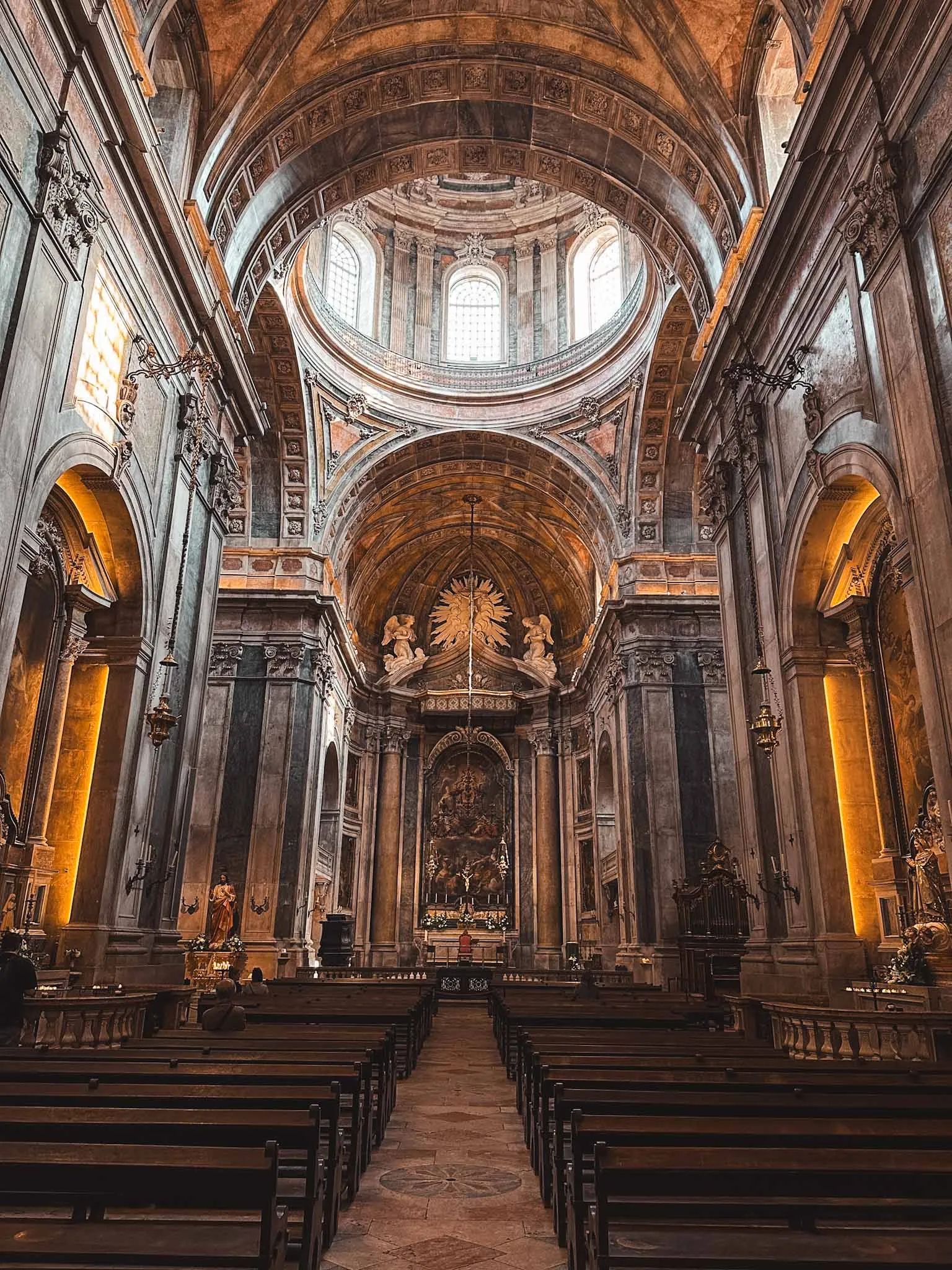
The patron, Queen Mary I, found her final resting place in Estrela Basilica after dying in exile in Brazil in 1816. She and Brazilian Emperor Peter I, buried in the Monumento à Independência do Brasil in São Paulo, are the only monarchs of the Portuguese Braganza dynasty not buried in the Panteão da Casa de Bragança in the Monastery of São Vicente de Fora. If you want to experience a great view, you can climb the roof of the basilica and walk a lap around its dome. From the roof, there is a great panoramic view of Lisbon and the mouth of the Tagus River.
Annual Feast Day
Feast day: 8th December
The Estrela Basilica in Lisbon, Portugal, celebrates its feast day on December 8th. This day is dedicated to the Feast of the Immaculate Conception, a significant event in the Roman Catholic Church. The basilica, also known as the Basilica da Estrela, is closely associated with this feast because it is dedicated to the Sacred Heart of Jesus and the Immaculate Conception. On this day, the church holds special masses and ceremonies, attracting many visitors and worshippers.
Estrela Basilica (Lisboa) Opening Time:
Basilica opening hours: 9:30am, 1pm – 3pm, 7:30 pm
Estrela Basilica (Lisboa) Mass Times
Weekday: 8.00am, 12.00pm, 7.00pm
Saturday: 12.00pm
Sunday: 7.00pm (vigil), 10.00am, 12.00pm, 7.00pm
Contact Info
Address: Praca da Estrela,
1200-667 Lisboa,
Portugal, 1200-667, Lisbon
Contact Number:
Contact Number: +351-213960915
Fax: +351-213960994
Accommodations
Connectivities
Airway
Lisbon Airport (LIS), Portugal to Basilica Da Estrela Libson Distance Between 16 min (13.4 km) via E1 and IP7
Railway
The nearest railway to The Church of St. Matthias’ Abbey Trier, Germany, BTL Université de Luxembourg, 1 Bd du Jazz, 4370 Esch-sur-Alzette, Luxembourg, which is just 53 min (71.5 km) via A1 away from the basilica.


